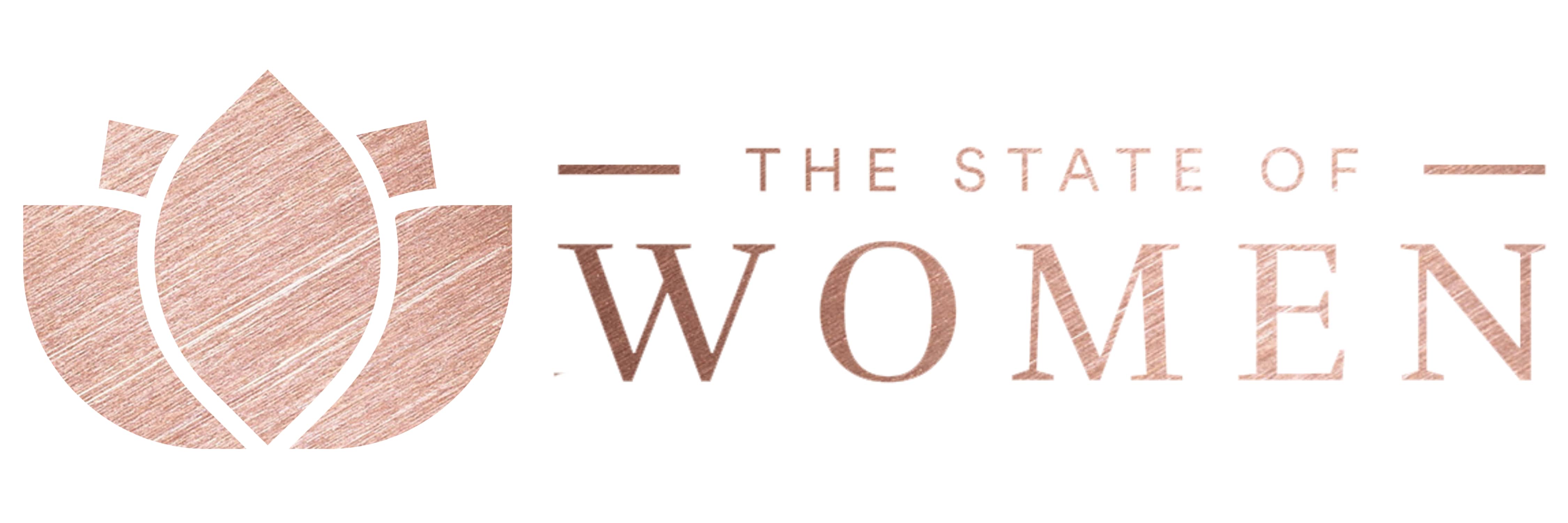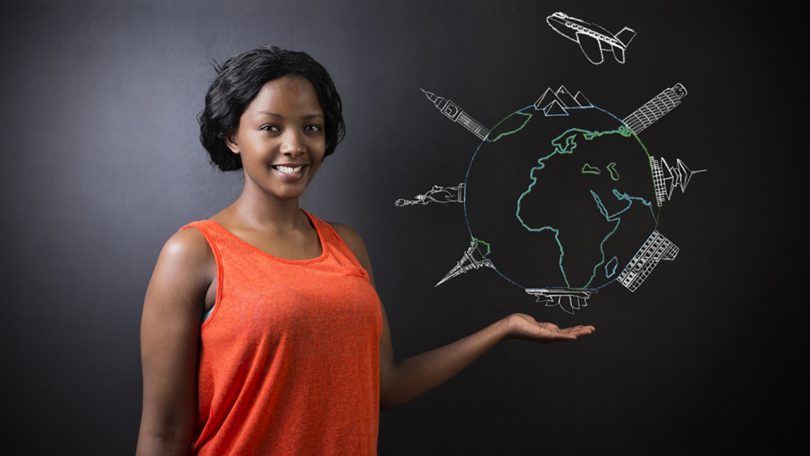“If there is one message that echoes forth from this conference, let it be that human rights are women’s rights and women’s rights are human rights once and for all. Let us not forget that among those rights are the right to speak freely—and the right to be heard.”
Those words first entered the international conscience 20 years ago, as Hillary Clinton, then First Lady of the United States, spoke at the fourth annual United Nations World Conference on Women in Beijing.
The issues of that conference, the progress made since then and the road we still must travel have been the focus of this year’s International Women’s Day March 8, Women’s History Month and the 59th session of the Commission on the Status of Women. Efforts, events and initiatives will continue throughout 2015.
Observations like these commemorate women’s achievements throughout history and the ongoing struggle for gender equality. They also serve each year to shine a spotlight on women’s accomplishments and reflect on the progress women worldwide have made—and still must make.
As the United Nations observes Beijing Declaration and Platform for Action (also known as Beijing+20), this year’s International Women’s Day theme is #MakeItHappen.
Make what happen? Aren’t women equal?
Not quite.
The Global Gender Gap Report, an index last released in November 2014, tracks gender inequalities in economics, politics, education and health in 142 countries. While inequalities in health and education are shrinking dramatically worldwide and eliminated in many countries, there is still work to be done—and economic participation and political empowerment are still dramatically unequal worldwide and in most countries. Some countries have made great strides in recent decades toward gender equality—a move that helps not only women, but the country as a whole, as countries with empowered women who are able to realize their full potential are most successful on the international stage.
It’s also worth noting that, despite recent advancements, not one country has reached total gender equality.
Sometimes, it’s even worse. Women and girls around the world continue to face threats including domestic partner violence, female genital mutilation, sex trafficking, barriers to education and lack of health care or birth control.
In spite of performing about 60 percent of the labor worldwide, women often receive a fraction of the wages that men do—not nearly enough to support families.
One in three women will be physically or sexually assaulted in her lifetime.
Even as the United States celebrated Women’s Equality Day Aug. 26, marking 95 years since women in the country won the right to vote, women in the country still make up only 20 to 25 percent of elected officials at the state and federal level—despite turning out to vote at rates much higher than men. The U.S. Supreme Court, at its highest female representation ever, still only boasts three women to six men.
It’s not all bad. Women are, and always have been, crucial players in developement of societies and economies. Women are starting businesses at greater rates than men in recent years, often funded by other women investors. Women are holding political office more than ever before. The number of women in the United States Congress has nearly tripled in that time, though they still make up only 20 percent.
Perhaps most encouragingly, more people are getting on board. Women and men around the world are realizing that the struggle for equality is a cause that helps us all.
Feminism and women’s issues overlap other serious concerns like labor organization, education, environmental conservation, world hunger and poverty.
President Barack Obama said, in his 2014 State of the Union Address, “Of course, nothing helps families make ends meet like higher wages. That’s why this Congress still needs to pass a law that makes sure a woman is paid the same as a man for doing the same work. Really. It’s 2015. It’s time.”
Leaders, activists and citizens from around the world can make it happen—from petitioning world leaders to take action on women’s issues, to starting and investing in women’s business, to taking a critical look at gender relations and the way they talk in their everyday lives—through steps big and small, political and personal, familial and financial.
Whether you’re leading an event or march, joining one of the hundreds of celebrations around the world or fighting for equality in your community and home, we can do this.
It’s 2015. It’s time. Get out there and make it happen.
—–
International Women’s Day: The discussion and movement continues! Learn more about 2015 initiatives and events around the world.
Facebook
Twitter
Use the hashtag #MakeItHappen



